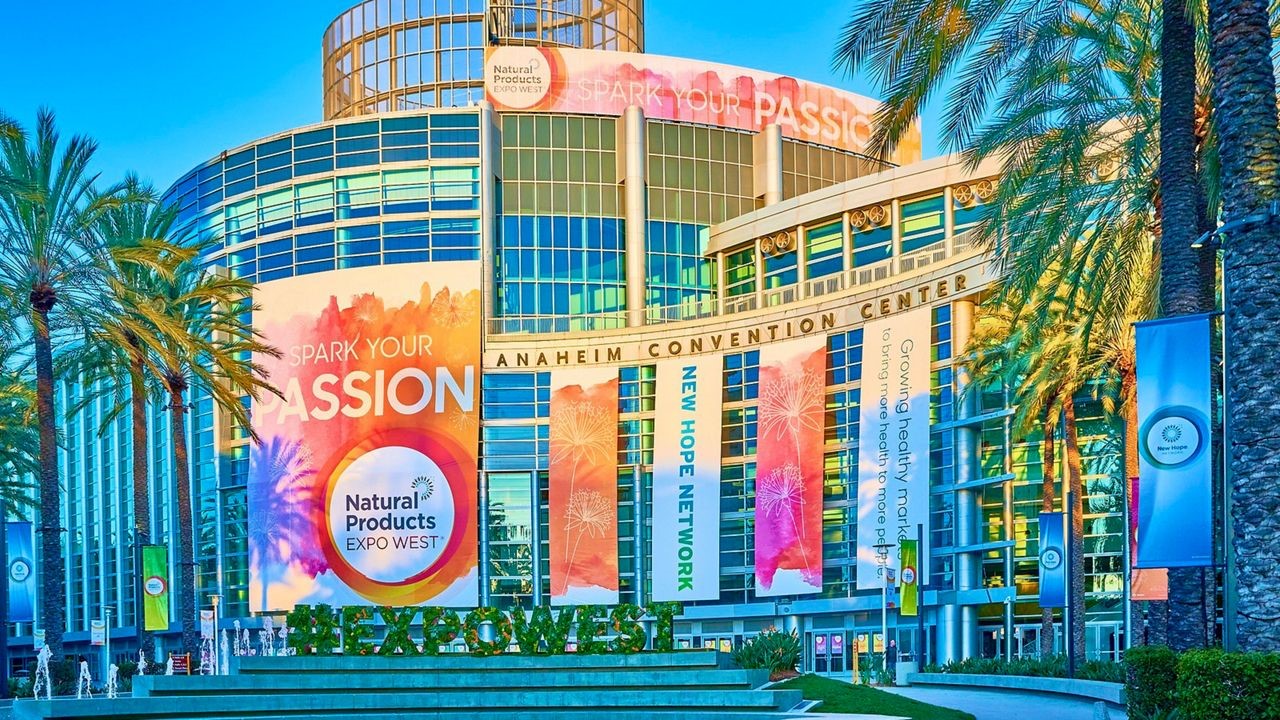In the world of flavoring food and beverage, there are many different labeling options.
From USDA Organic Flavors to Natural Flavors, to Non-GMO and Gluten-Free, have you ever wondered how foods got these labels?
Brands follow strict guidelines to bring their products to market. Today, we want to look into converting your label and take a deep dive into clean, natural, and organic flavor labeling.
A Quick Glance At Food And Beverage Labeling
While there is much to say on this topic, we want to briefly overview food labeling for you. As you set out to create or iterate on your product, you will become familiar with many terms in the flavoring and regulatory world. Food labeling, in short, is a way to quickly share the ingredients in a product. Each label has different meanings and requirements based on current regulations.
The point of a label is to provide transparency for your consumer and give them the ability to maintain their desired lifestyle with your product.
Labels and regulations change with the food landscape over time to meet the demands of consumers. So, it is essential to work with experts because they can guide you down the right path and keep you in the loop about new changes in the market. Our team has chemists, flavorists, regulatory specialists, and passionate team members to help you do just that.
What Is A Clean Flavor?
Clean flavors have just a few simple ingredients and are an answer to the sweeping demand for healthy foods with accurate and transparent labeling from families and individuals alike.
Now, more than ever, people want to know what is in their food. Clean flavors and clean labels aim for transparency and simplicity. These products include ingredients as close to their natural state as possible. Consumers want to easily read the label and understand what they are putting into their bodies.
The clean label movement doesn’t have to cost you extra to participate in. According to Market Data Forecast, the clean label market is calculated to be worth some $38.8 billion in 2021, with growth projected to hit $64.1 billion by 2026. With consumers asking for more transparency, you should consider converting to a clean-label product.
How To Convert To A Clean Label
Converting to a clean label might sound arduous. You have spent a lot of time in R&D perfecting your product, qualifying for labels like Gluten-Free and Non-GMO, but now there is something else thrown your way.
For better or worse, there currently is no regulation surrounding clean labels. Honest companies are creating clean, healthy-for-you products that have set out to change the market. But, without regulation, some products slap on a clean label and mislead consumers.
The good news is since there is no need to spend money on certifications or to jump through hoops, converting to a clean label is pretty straightforward. However, you will probably need to review and modify your product a bit with the aim to “clean” it up. We are here to help with that process.
What Is A Natural Flavor?
In short, a natural flavor is something derived from plant or animal resources. According to the FDA’s Code Of Regulations, those include, but aren’t limited to, essential oils, essences or extracts, flavors derived from spices, fruits, meat and dairy products, and even fermented products. Our flavorists create these flavors by heating or roasting ingredients, enhancing the flavor of your product.
How To Convert To A Natural Flavor Label
Natural food labels are similar to the clean label in that, at this time, there is not much regulation surrounding the term. The FDA website reads:
“The FDA has considered the term “natural” to mean that nothing artificial or synthetic (including all color additives regardless of source) has been included in, or has been added to, a food that would not normally be expected to be in that food.”
A recent study by the Winsight Grocery Business found that consumers were more likely to purchase a product with a natural or organic label, and 1 in 5 consumers are willing to pay more for that product.
We always have your best interests in mind and can get your products to meet these guidelines. We can help guide you in evaluating this decision.
What Is Organic Flavor?
Google defines organic as “[food or farming methods] produced or involving production without the use of chemical fertilizers, pesticides, or other artificial agents.” For a flavor to be “organic,” it must meet the criteria of 95% organic ingredients. USDA Certified Organic products must address each step in their production process. Even soil quality and weed control, amongst many other factors, are considered when certifying a product as organic. An organic flavor, therefore, is a flavor that is derived from organic ingredients.
With the organic market estimated to become worth more than $272 billion by 2027, it’s no wonder that many products and supply chains are seeking to meet these criteria. Another interesting note is that North America is said to make up the largest part of that market.
There are individual health benefits to eating organic, too. It can reduce an individual’s intake of pesticides, for example, which has led to more demand in the market overall.
How To Convert To An Organic Label
According to the USDA, “Organic is a labeling term found on products that have been produced using cultural, biological, and mechanical practices that support the cycling of on-farm resources, promote ecological balance, and conserve biodiversity.”
The organic label is protected. Businesses or individuals who sell a product labeled as organic and knowingly mislead their consumers can face civil penalties that result in thousands of dollars in fines per product.
There is nuance in this classification with four different label categories: 100 percent organic, organic, “made with” organic ingredients, and specific organic ingredients. To keep your organic label in check, it is critical to work with a partner that knows the regulations. Honesty with consumers is essential, so looking into every aspect of the supply chain to ensure that organic practices are being met is necessary.
Unlike natural and clean labels, converting to an organic label takes a lot more work. However, with growing consumer demand, we think the work is worth it. For a more accurate understanding of the costs related to organic labeling, chat with our team.
Which Flavor Label Is Best For Your Product?
In short, any one of these labels can work for you. What matters here is how you can meet your customers’ needs and exceed their expectations. As you go through the process, there will be a lot of questions regarding ingredients and labeling. Ultimately, we want to ensure that your product is delicious, aligns with your vision, and knocks the socks off of anyone who gives it a try. We’re here to clarify any questions you have and help you achieve the end product you desire.
Whether you want to rework an existing product or extend your line to meet the demands of your customers, we are a partner you can trust. Need help figuring out the best way to make your product meet the demands of consumers? Contact us today to learn more about how we can help guide you through the process.
Flavor Insights believes this information to be correct. No warranty, guarantee, or representation is given or made in respect to the information provided. Flavor Insights is not in a position to validate the actual production or labeling of products. Flavor Insights recommends that all finished product labeling be reviewed by legal counsel, and finished product and label claim testing be confirmed to ensure product label accuracy.



